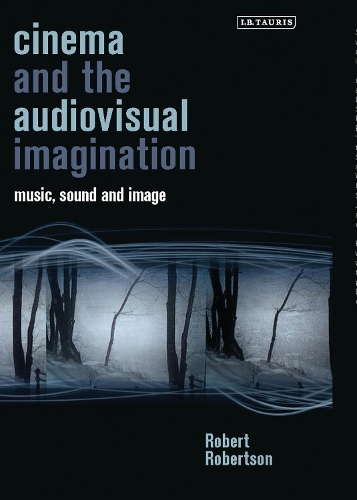
Cinema and the Audiovisual Imagination: Music, Image, Sound
Publishing Details
Cinema and the Audiovisual Imagination: Music, Image, Sound
By (Author) Robert Robertson
Bloomsbury Publishing PLC
I.B. Tauris
1st March 2015
United Kingdom
Classifications
Tertiary Education
Non Fiction
791.4301
Physical Properties
272
Width 138mm, Height 216mm
474g
Description
So far, the study of cinema has been overwhelmingly visual. Robert Robertson instead presents cinema as an audiovisual medium, based on Sergei Eisensteins ideas on the montage of music, image and sound. Cinema and the Audiovisual Imagination applies an audiovisual focus to films by directors such as Spike Lee, Maya Deren, David Lynch, Alfred Hitchcock, Stanley Kubrick, Fritz Lang, Luis Buuel, Pier Paolo Pasolini, Werner Herzog, David Lean and Sergei Eisenstein. In addition, Eisensteins concept of nonindifferent nature is extended to films beyond the European tradition by Satyajit Ray, Kaneto Shindo, Akira Kurosawa and Chris H. Lynn and the audiovisual and landscape is explored in films by Dziga Vertov, Andrei Tarkovsky, Sergei Paradjanov, Bruce Conner, Jack Chambers, Derek Jarman and Alexander Sokurov. The audiovisual in avant-garde animation by John and James Whitney, Len Lye, Norman McLaren and in the film experiments of Busby Berkeley are considered too. Responding to recent developments in technology which have enabled practitioners to work extensively with music and sound on an equal level with the visual track, the book also examines the audiovisual creative process in opera, in a music/film collaboration with Dennis Dracup and in Robertsons own music/film Oserake and The River That Walks.
Author Bio
Robert Robertson is a composer and filmmaker, and the author of Cinema and the Audiovisual Imagination (I.B. Tauris, 2015), Eisenstein on the Audiovisual (I.B. Tauris, 2009, 2011), winner of the Kraszna-Krausz Foundation Prize, 2010. For more details, see Robert Robertson, British Music Collection.
